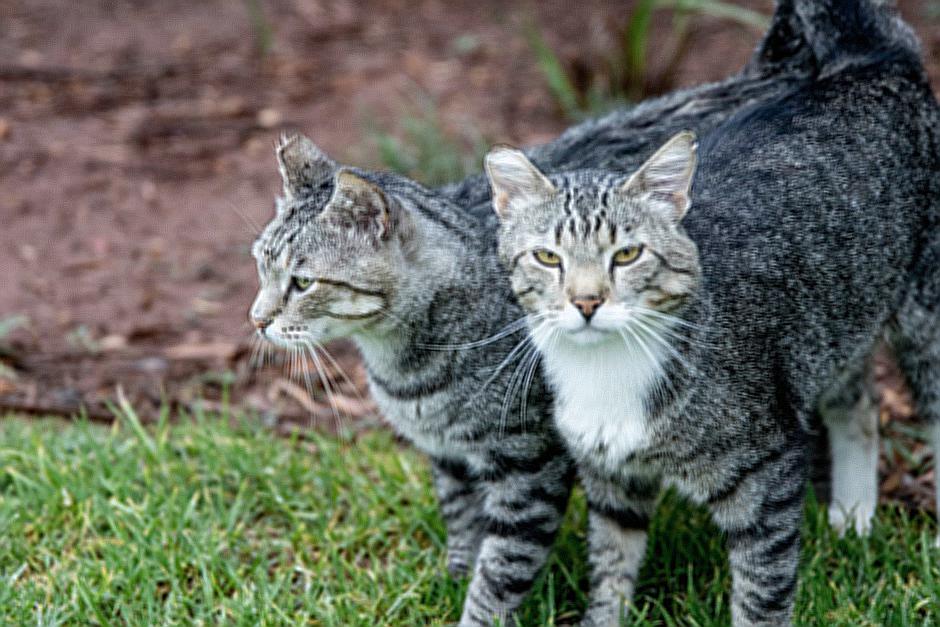
For years, declaring cats has been a contentious and taboo subject. Although some argue that it is important to shield both cats and their owners from harm, others argue that it is cruel and unnecessary. Regardless of personal preference, it is important to bear in mind the long-term costs of declawing cats, which include physical and psychological harm.
Declawing cats, which is a surgical procedure that involves the complete removal of the claws and the associated bones, is a significant pain and discomfort for the animal. The procedure involves general anesthesia, which has its own risks, and can cause long-term damage to the cat’s paws. Declawing can lead to infection, nerve damage, and chronic pain in some cases.
Declawing has psychiatric implications that can be severe. Cats rely on their claws for balance, stability, and self-defense, and declawing eliminates this vital tool. Cats can become more aggressive if they are unable to defend themselves, which can result in a loss of confidence. Cats may also be in distress as a result of their inability to scratch surfaces, which can lead to behavioral changes and make them more difficult to handle.
Declawing cats incurs significant financial obligations in addition to the physical and psychological costs. The procedure itself can be costly, and recovery is often more costly. In some instances, the costs of medication and follow-up visits can quickly add up.

Despite the high price tag, declawing cats has long-term benefits. Declawed cats, on the other hand, are less likely to cause harm to furniture and other surfaces, which can be a major concern for owners. In addition, declawing can help to reduce the chance of scratches on owners and others, which is particularly important for those with weak immune systems or who are at risk of infection.

The decision to declaw a cat should be made on a case by case basis, according to the author. It is important to consider the long-term costs involved and weigh them against the potential rewards associated with them. If the cat is to be declawed, it is important to ensure that the procedure is carried out by a qualified and experienced veterinarian, and that the cat is properly cared for during the recovery period.

